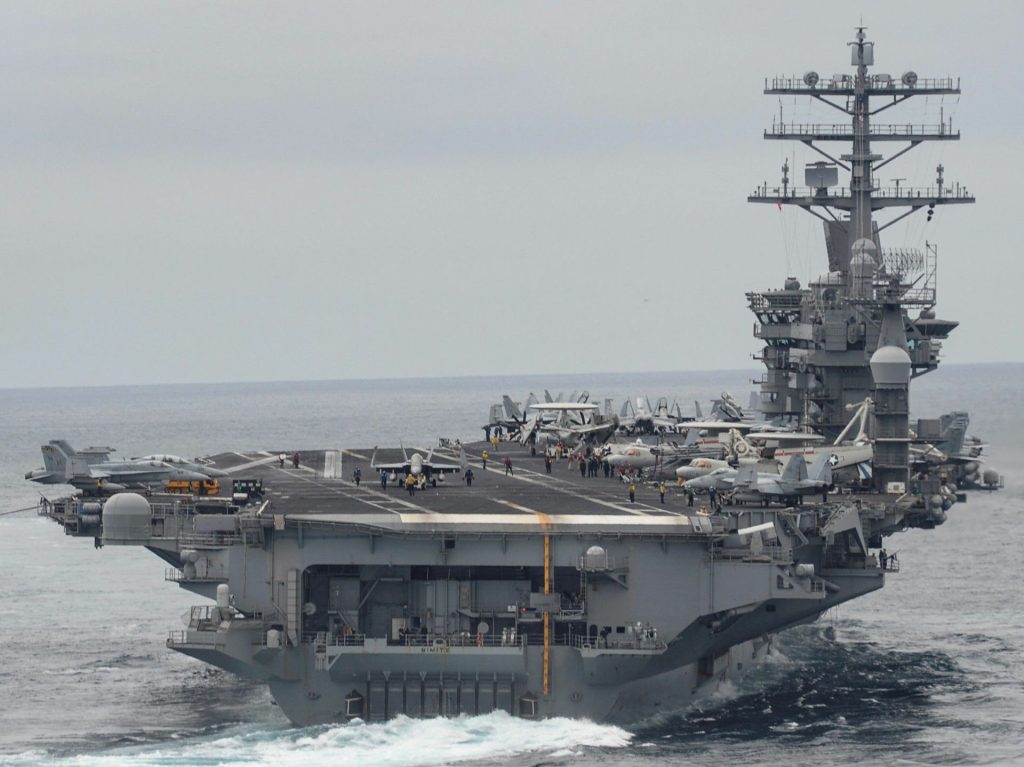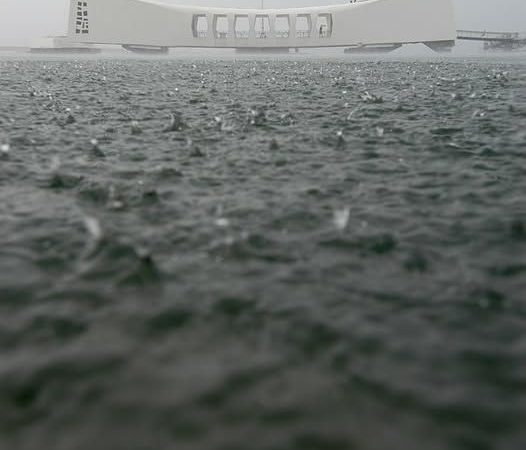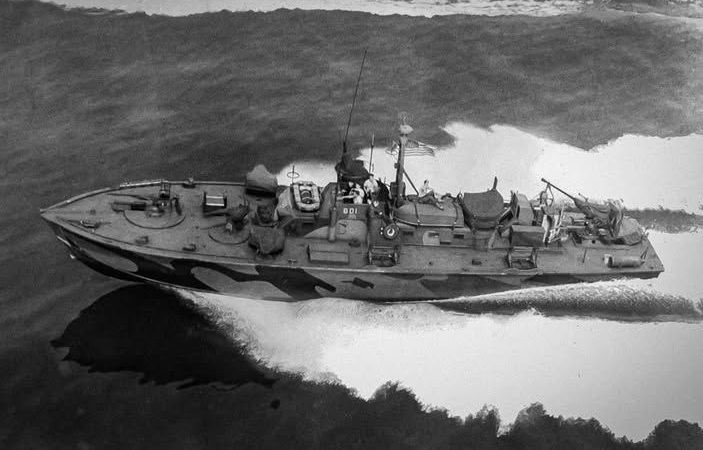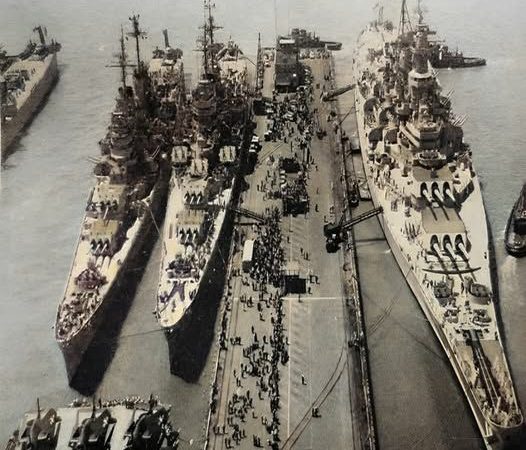CVN 68 USS Nimitz: A Legacy of Power and Naval Excellence
The CVN 68 USS Nimitz, one of the most iconic aircraft carriers in the history of the United States Navy, represents a formidable combination of power, innovation, and naval supremacy. Commissioned in 1975, the USS Nimitz was the lead ship of the Nimitz-class supercarriers, a series of ten nuclear-powered aircraft carriers that have played a crucial role in projecting American naval power across the globe.

Named after Fleet Admiral Chester W. Nimitz, a legendary figure in naval history, the USS Nimitz was designed to be a floating city, capable of supporting extended missions without the need for refueling for up to 20 years. With a displacement of over 100,000 tons and a length of approximately 1,092 feet, the Nimitz is among the largest warships ever built. Its massive flight deck can accommodate up to 90 aircraft, including the latest fighter jets, helicopters, and reconnaissance planes, making it a versatile platform for various military operations.

Throughout its service, the USS Nimitz has participated in numerous significant military campaigns and humanitarian missions. From the Gulf War to operations in the Indian Ocean and Pacific regions, the carrier has consistently demonstrated its capability to project power and respond to global crises. Its advanced radar, weaponry, and communication systems ensure that it remains at the cutting edge of naval technology, capable of facing modern threats.
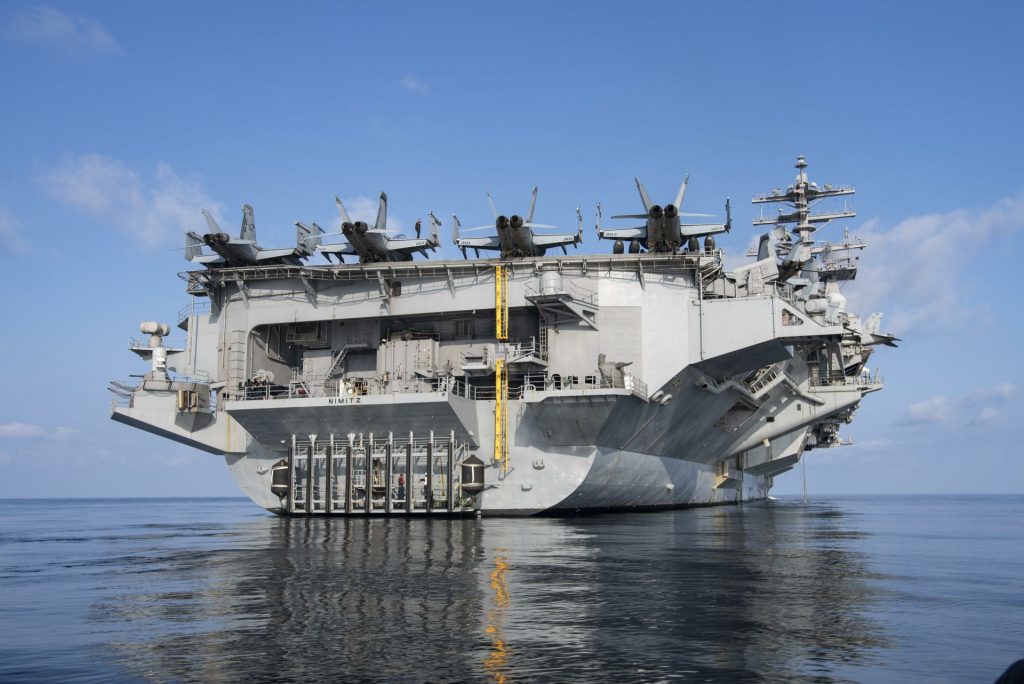
Beyond its military prowess, the USS Nimitz has also been a symbol of American resilience and technological achievement. The carrier’s crew, numbering around 5,000 sailors and aviators, works tirelessly to maintain its operations, exemplifying the dedication and skill of the U.S. Navy.

As the USS Nimitz approaches nearly five decades of service, it continues to stand as a testament to the enduring strength and excellence of the U.S. Navy. Its legacy will undoubtedly influence the design and operation of future naval vessels, ensuring that the spirit of innovation and power it embodies remains a cornerstone of American naval strategy.
